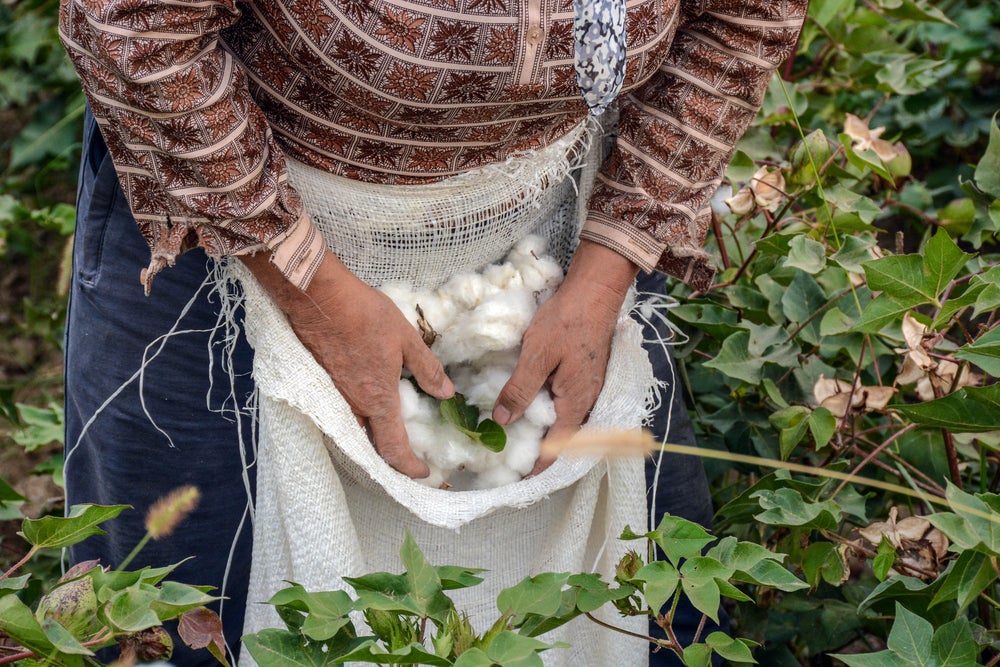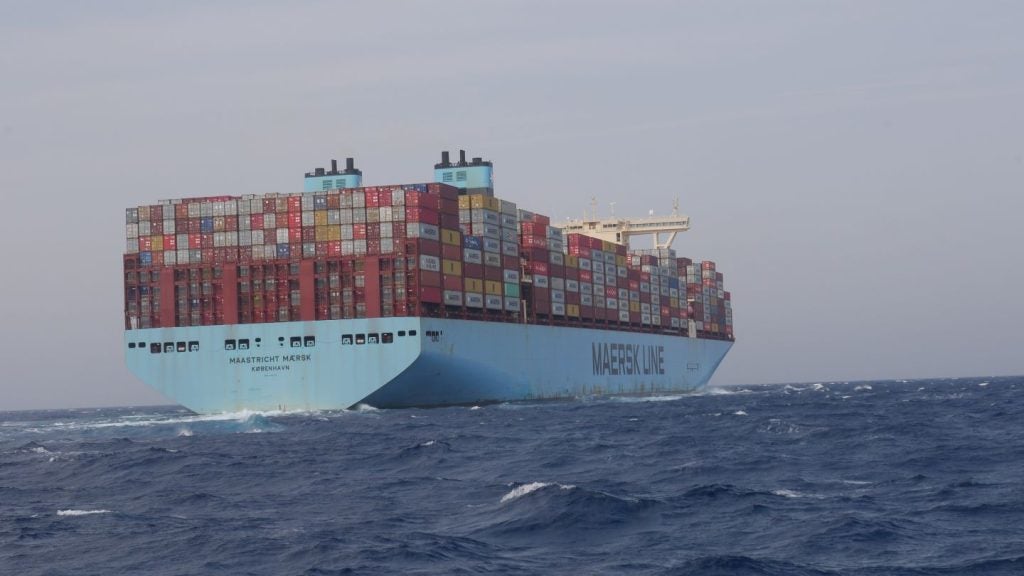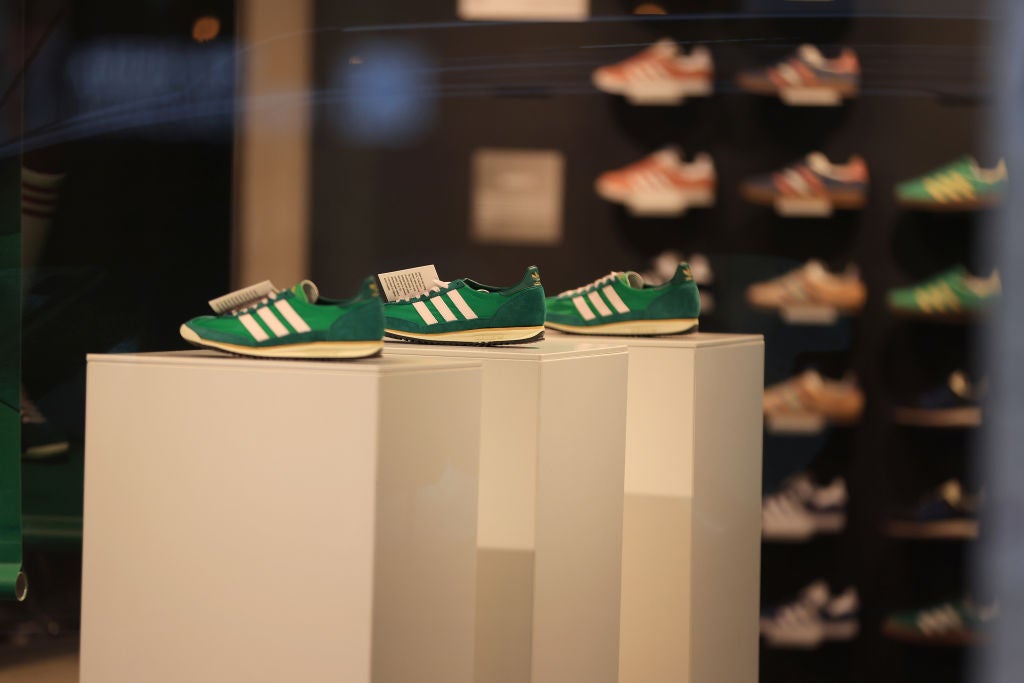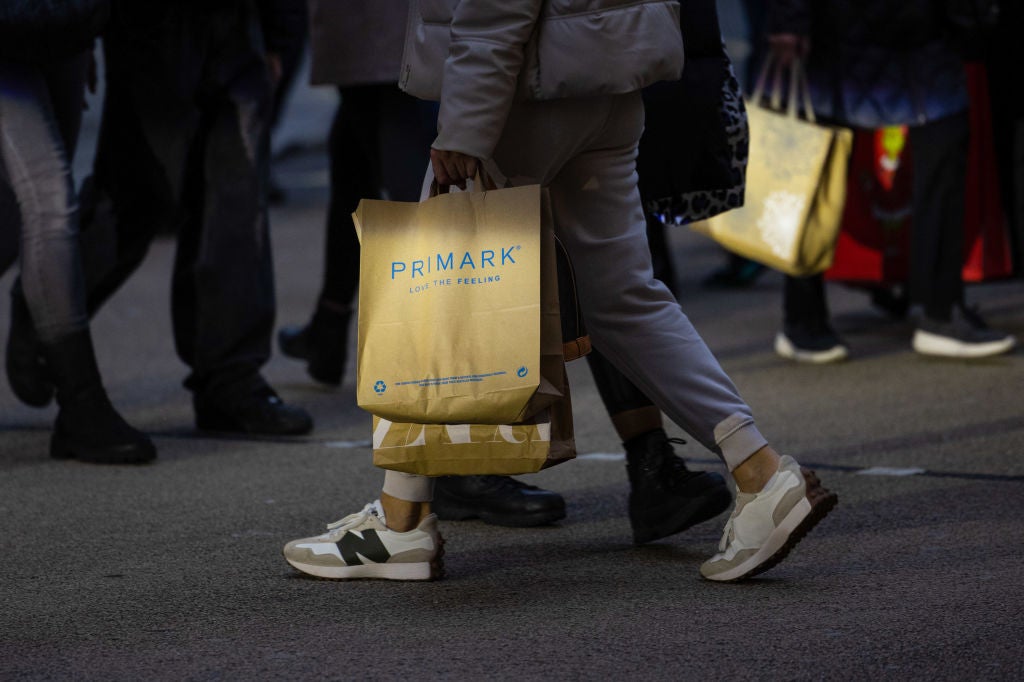
How to build your own Balanced Scorecard, for your own business circumstances, and your own product categories, with help from re:source by just-style.
re:source by just-style does not just contain trade data statistics. It contains country profiles created by industry consultants who have worked in those countries, and who know which countries to go to in order to buy specific garments.
The main garment supply regions of the world are:
1: Asia, China
2: Southeast Asia (Vietnam, Thailand, Indonesia, Cambodia, Philippines)
3: Indian sub-continent (India, Pakistan, Sri Lanka, Bangladesh)
4: Turkey (which sells mostly to Western Europe)
5: Central America (which sells mostly to US)
6: Eastern Europe (which sells mostly to Western Europe)
7: Africa (mostly from North Africa, mainly Morocco, Tunisia and Egypt)
8: South America (which sells mostly internally to other parts of South America)
Any sourcing decision maker needs to understand that low cost alone is not the answer. Different sourcing regions have different skills in providing garments to what is, in reality, four markets. They are:
How well do you really know your competitors?
Access the most comprehensive Company Profiles on the market, powered by GlobalData. Save hours of research. Gain competitive edge.

Thank you!
Your download email will arrive shortly
Not ready to buy yet? Download a free sample
We are confident about the unique quality of our Company Profiles. However, we want you to make the most beneficial decision for your business, so we offer a free sample that you can download by submitting the below form
By GlobalData- Branded classics
- Branded fashion
- Own label classics
- Own label fashion (today we would call it fast fashion)
Those markets then have to be further subdivided using the idea of garment sewing work content. This is the number of minutes of sewing work involved in making one garment. To that must be added a view of the garment complexity (how difficult or technical it is) to derive a theoretical view of the suitability of low, medium and high cost country sourcing. This is shown schematically as Figure 1.
Low cost countries have advantages (labelled in Figure 1 with a ‘Y’) when the work content is medium to high (because labour is cheap) and the complexity is medium to low (because they may not have either the skills or the equipment). High cost countries can defend their position better when the work content is low to medium, and the complexity is high to medium (labelled with ‘X’). The question mark denotes an area of uncertainty, which could swing in either direction. That tends to mean that low cost countries are good at garments such as:
- Shirts and blouses
- Bras and other lingerie
- Unstructured jackets and trousers
High cost countries can defend better in:
- Men’s and women’s tailoring
- Technical garments (such as performance outerwear)
- Knitwear (knitting is more capital intensive than sewing)
- Other machine-based (rather than sewing) garments such as hosiery
Sourcing Criteria
The re:source by just-style has a section entitled “Sourcing Criteria.” It “scores” supplying countries between 1 and 5: where 5 is excellent and 1 is poor. This is done on 15 different criteria, of which price is just one.
The criteria list is:
1: Ability to provide FOB (Free on Board shipping)
2: Price
3: Tariffs advantage
4: Compliance/sustainability
5: Production quality
6: Efficiency
7: Lead time
8: Reliability
9: Ability to create basic products
10: Financial stability
11: Vertical integration/ability to source raw materials
12: Political stability
13: Flexibility of order quantity
14: Innovation and ability to develop products with buyers
15: Ability to create value added products
In a previous article I referred to this as the ‘Balanced Scorecard’, an idea I have used for many years. These re:source criteria have been scored and written by just-style’s industry experts, but you could score them yourselves, if you have the experience to do so.
The scores are then put on a Sourcing Criteria “wheel” chart. In Figure 2 (below), the wheels for Bangladesh and China are displayed side by side.

Interpreting the Sourcing Criteria wheel
Some people (me included) may sometimes find the wheels difficult to interpret, because it is just a picture. But, if you are numerically inclined, you can always score the cost (price) and the non-cost criteria on tables, as done below.
What I have done is take the scores from the wheel, and made my own decision on which non-cost factors are most important to my business, at my position in the marketplace, for my garment category.
So, on the re:source scores, China just beats Bangladesh. But that cannot be the whole story for a sourcing executive, who has to consider his or her company’s market position, and the nature of the garments involved.
Weighting factors
Weighting factors for Table 1
The weighting factors that I have used need some explanation. I have two versions of the weighted scorecard. The one in Table 1 above is for a cheap budget fashion company selling women’s fairly basic tops. It believes that:
- FOB matters to my fictitious buyer, because it intends to organise the shipping itself. It has a logistics (shipping) department. Let them do it. Score it 7
- Price is paramount, because of the buying company’s budget market position. Score it 10
- Tariffs matter, but they are minor compared to price. Score it 4
- Sadly, playing by compliance and sustainability ideals is not part of the company’s ideology. Score it 1
- But production quality does matter. Score it 6
- Efficiency and price are a trade-off. In this case price wins. Score it 4
- Lead time does matter, because we are budget fast fashion. Score it 6
- Reliability is important, probably more than quality. Score it 7
- It is a basic product. Score it 8
- This company is prepared to take a chance on financial stability. They can always go elsewhere. Score it 2
- Nor is it interested in vertical integration. It will source the fabric. Score it 3
- Just as for financial stability, political stability is way down the list. Score it 2
- Changing the volume ordered at the last minute is important. Score it 7
- Because basic product is so important, innovation is not. Score it 1
- Value added. Forget it. Score it 1.
The result is that:
- Bangladesh now has 319.5 weighted points on the re:source scoring criteria scorecard
- China has 253 points
Let’s get on a plane to Dhaka.
Weighting factors for Table 2
I have now changed my weighting factors, because I am a different business. I am a fashion lead women’s wear brand, at higher than average prices, but still selling tops.
For me:
- FOB does not matter because I want the supplier to do the shipping to save costs in my head office. Score it 2
- Price is no longer paramount, because my buying business is a “better” brand. Score it 6
- Tariffs matter, but they are relatively minor. Score it 3
- Playing by the compliance and sustainability ideals is part of the company’s ideology. We cannot be seen to be unethical. Score it 5
- Production quality does matter. Score it 7
- And so does efficiency. Score it 6
- Lead time does not matter so much, because we are a brand selling back-to-back. Score it 4
- Reliability is important. Score it 7
- We believe we are not producing basic products. We are producing fashion. Therefore Score it 5
- This company is not prepared to take a chance on financial stability. They do not want to go elsewhere. Score it 6
- We are interested in vertical integration. Fabric is core to our offer. Score it 8
- We do not want to be branded as working with political pariahs. Score it 6
- Changing the volume ordered at the last minute is not important. Score it 4
- Because basic product is not so important, innovation is. Score it 5
- Value added. Definitely, otherwise the consumer will not find our offer interesting. Score it 5.
The result is that:
- Bangladesh now has 240 weighted points on the re:source scoring criteria scorecard
- China has 285 points
Let’s get on a plane to Shanghai.
It is now clear that for the company buying with the scorecard from Table 2, China is the better sourcing bet.
With help from re:source by just-style, sourcing managers can produce their own Balanced Scorecard, for their own business circumstances, and their own product categories.







